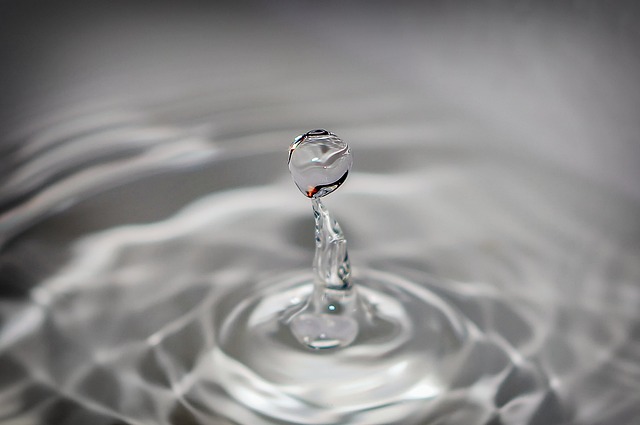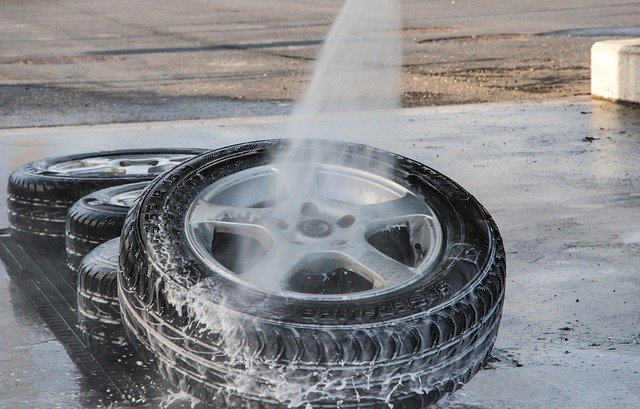Plumbing leaks cause low water pressure in homes, affecting fixtures like faucets and showerheads. Signs include wet spots around pipes, rusted or discolored pipes due to sediment buildup, and unusual pipe noises. Low pressure might require a booster pump for adequate water supply regulation. Regular maintenance and prompt repair of leaks are crucial to prevent complications and conserve water.
“Plumbing leaks can cause significant damage and unnecessary expenses if left undetected. Understanding the subtle signs, such as low water pressure, unusual noises, or unexpected moisture, is crucial for early Leak Detection. This article guides you through identifying common sources of plumbing leaks, from pressure regulator issues to sediment buildup. Learn effective strategies for prevention, including regular maintenance checks and DIY troubleshooting, along with insights on when to call a professional plumber. Discover the secrets to preserving your home’s plumbing system and say goodbye to low water pressure and persistent leaks.”
- Identifying Plumbing Leaks: Signs and Symptoms
- – Low water pressure: causes and connection to leaks
- – Unusual noises from pipes and fixtures
Identifying Plumbing Leaks: Signs and Symptoms

Plumbing leaks can manifest in various subtle ways, often indicating a larger issue within your system. One of the most noticeable symptoms is a significant drop in water pressure throughout your home. This reduced flow can affect both your faucets and showerheads, leaving them feeling weak or sluggish. To pinpoint the source, check for any wet spots around pipes, walls, or ceilings, as these are common indicators of leaks.
Another sign to watch out for is discolored or rusted pipes, which often signal the presence of sediment buildup caused by low water quality. Over time, this buildup can restrict water flow and contribute to pressure regulation issues. Even your faucet aerators might become affected, as air bubbles in the water stream could point to a leak upstream, possibly at the main water line or pressure regulator. In some cases, a booster pump may be needed to combat low pressure caused by leaks, ensuring an adequate water supply for all fixtures and appliances.
– Low water pressure: causes and connection to leaks

Low water pressure can be a symptom of various plumbing issues, one of which is often unnoticed—plumbing leaks. When a leak exists in your system, whether it’s from an old pipe, faulty fittings, or corroded valves, water seeps out and decreases the overall water supply, resulting in reduced pressure. This problem can manifest as a weak spray when you turn on the faucet or a slow fill-up time for your bathtub or sink.
Leaks can also be attributed to sediment buildup within pipes or pressure regulators that fail to maintain consistent pressure levels. In some cases, installing faucet aerators can help alleviate low water pressure by mixing air with water flow, but if the issue persists, it might indicate a more serious problem, such as an outdated booster pump that needs replacement. Regular maintenance and prompt repair of leaks are essential to ensure efficient plumbing and avoid further complications.
– Unusual noises from pipes and fixtures

Unusual noises coming from pipes and fixtures can be an early indicator of potential plumbing leaks or pressure issues within your system. These sounds may range from banging, knocking, or even a continuous hissing. One common cause is low water pressure, which can lead to improper drainage and increased noise as water flows through the pipes at an irregular rate. This problem often stems from issues with the pressure regulator, faucet aerators, or even sediment buildup that restricts water flow.
Regularly checking for these unusual noises is crucial, especially if you’ve noticed a drop in water pressure. It may point to a leak somewhere in your plumbing system, which could be a major concern. In severe cases, a booster pump might be required to maintain adequate pressure and prevent further damage or inconvenience caused by leaks.
